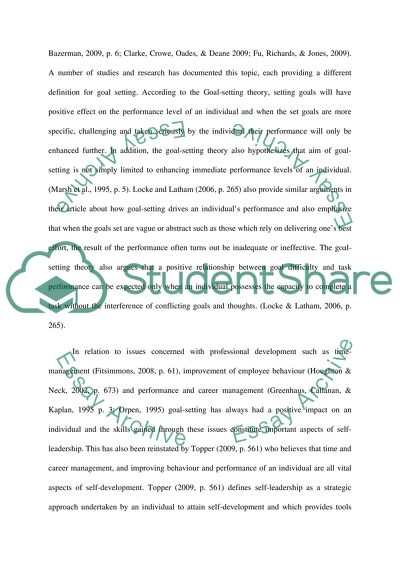Cite this document
(“Self Leadership and Goal Setting Essay Example | Topics and Well Written Essays - 1500 words”, n.d.)
Retrieved from https://studentshare.org/family-consumer-science/1404649-self-leadership-and-goal-setting
Retrieved from https://studentshare.org/family-consumer-science/1404649-self-leadership-and-goal-setting
(Self Leadership and Goal Setting Essay Example | Topics and Well Written Essays - 1500 Words)
https://studentshare.org/family-consumer-science/1404649-self-leadership-and-goal-setting.
https://studentshare.org/family-consumer-science/1404649-self-leadership-and-goal-setting.
“Self Leadership and Goal Setting Essay Example | Topics and Well Written Essays - 1500 Words”, n.d. https://studentshare.org/family-consumer-science/1404649-self-leadership-and-goal-setting.


